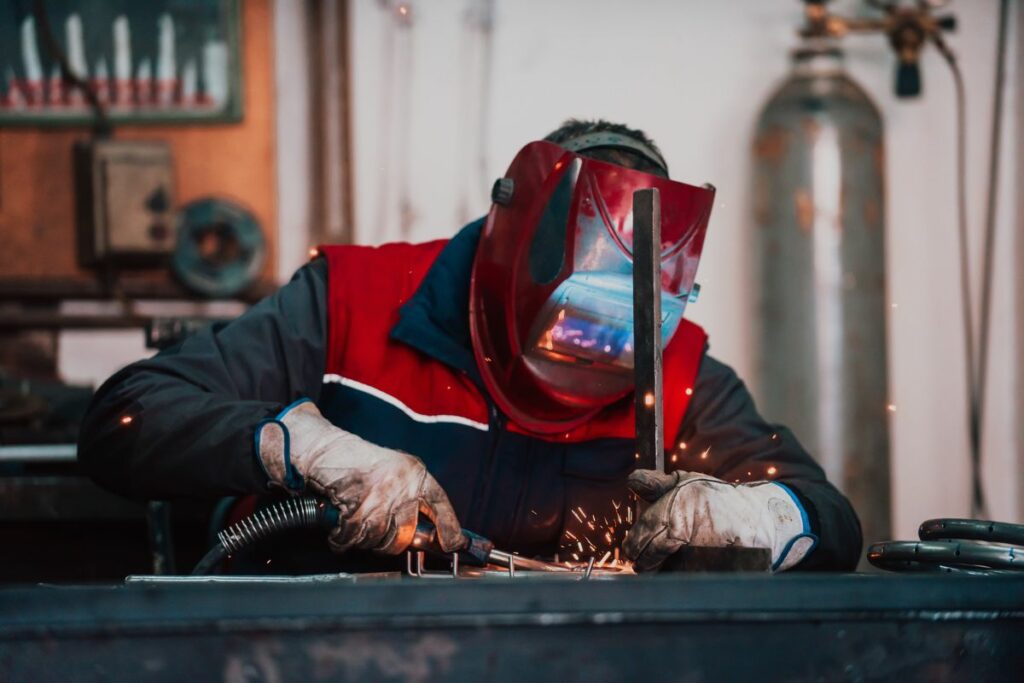
Welding is a skill that blends precision, technique, and creativity. Whether you’re a seasoned professional or just starting out, mastering the art of welding requires dedication and practice. However, even the most experienced welders can fall victim to common mistakes that compromise the integrity of their work. In this guide, we’ll explore some of these common welding errors and provide insights on how to avoid them, ensuring your welding projects are of the highest quality.
One of the most common mistakes in welding is inadequate preparation. Rushing into a weld without properly cleaning and preparing the base metal can result in weak and unreliable welds. To avoid this, always ensure that the metal surfaces to be welded are clean, free of rust, paint, greases, and other contaminants. Use a wire brush, grinder, or chemical cleaner to thoroughly prepare the surfaces before welding.
Another frequent mistake is neglecting to set the welding parameters correctly. This includes factors such as voltage, current, wire speed, and gas flow rate. Failure to adjust these parameters according to the specific requirements of the welding process and the material being welded can lead to improper penetration, weak welds, and increased spatter. Refer to the manufacturer’s recommendations and guidelines for the correct settings, and always perform test welds to ensure optimal results.
Welding joints come in various forms, such as butt joints, and T-joints, each requiring specific preparation techniques. Failing to properly prepare the joint geometry, including beveling, gap spacing, and fit-up, can result in poor weld penetration, incomplete fusion, and weak welds. Take the time to carefully prepare the joint according to the welding procedure specification (WPS) to ensure proper fusion and strength.
Effective welding techniques are crucial for producing quality welds. Common errors include improper travel speed, electrode angle, and weaving motion. Welding too slowly can cause excessive heat build-up and distortion, while welding too quickly may result in insufficient penetration and weak welds. Maintain a consistent travel speed, angle, and weave pattern to achieve uniform weld bead formation and adequate fusion.
Safety should always be a top priority when welding. Neglecting safety precautions such as wearing appropriate personal protective equipment (PPE), ensuring adequate ventilation, and implementing fire prevention measures can lead to serious accidents and injuries. Always wear a welding helmet with a proper shade lens, flame-resistant clothing, gloves, and safety boots. Additionally, keep a fire extinguisher nearby and maintain a clean and clutter-free work area to minimise hazards.
Avoiding common welding mistakes requires attention to detail, practice, and a commitment to excellence. By prioritizing proper preparation, adhering to welding parameters, meticulously preparing joints, mastering welding technique, and prioritizing safety, you can elevate the quality of your welding projects and achieve professional results. Remember, welding is not just a skill—it’s an art form that demands precision, craftsmanship, and a dedication to continuous improvement. With the right knowledge and approach, you can master the torch and create welds that stand the test of time.
Ready to take your welding skills to the next level? Consider enrolling into the Welding Academy. With expert instructions, hands-on learning opportunities, and a supportive community, the Welding Academy is your pathway to mastering the art of welding. Join us and unleash your potential as a skilled welder today!